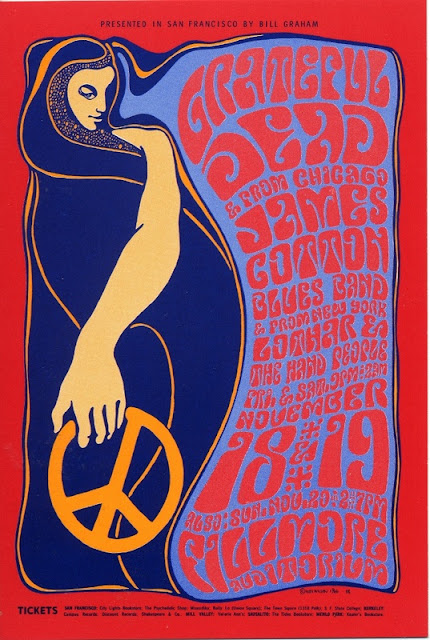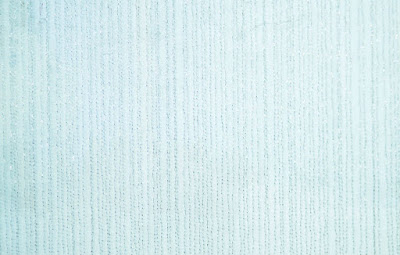Semiotics is an investigation into how meaning is created and how meaning is communicated. Its origins lie in the academic study of how signs and symbols (visual and linguistic) create meaning.
It is a way of seeing the world, and of understanding how the landscape and culture in which we live has a massive impact on all of us unconsciously.
Philosopher Charles Sanders Peirce wrote a theory of semiotics in the 1860s which is still widely used today. Pierces' theory of semiotics is based on logic. He defined a sign as “something which stands to somebody for something,”. Peirce believed signs could be categorised into three groups:
1) Icon - This physically resembles it's referent.
2) Index - This depicts something which is associated with it's referent.
3) Symbol - This must be culturally learnt to understand what it's referring to.
Peirce also noted that a sign can never have a unanimous meaning - there is always room for differing interpretations. We need to understand the context in which a sign is communicated in order to understand it's intended meaning.





















































